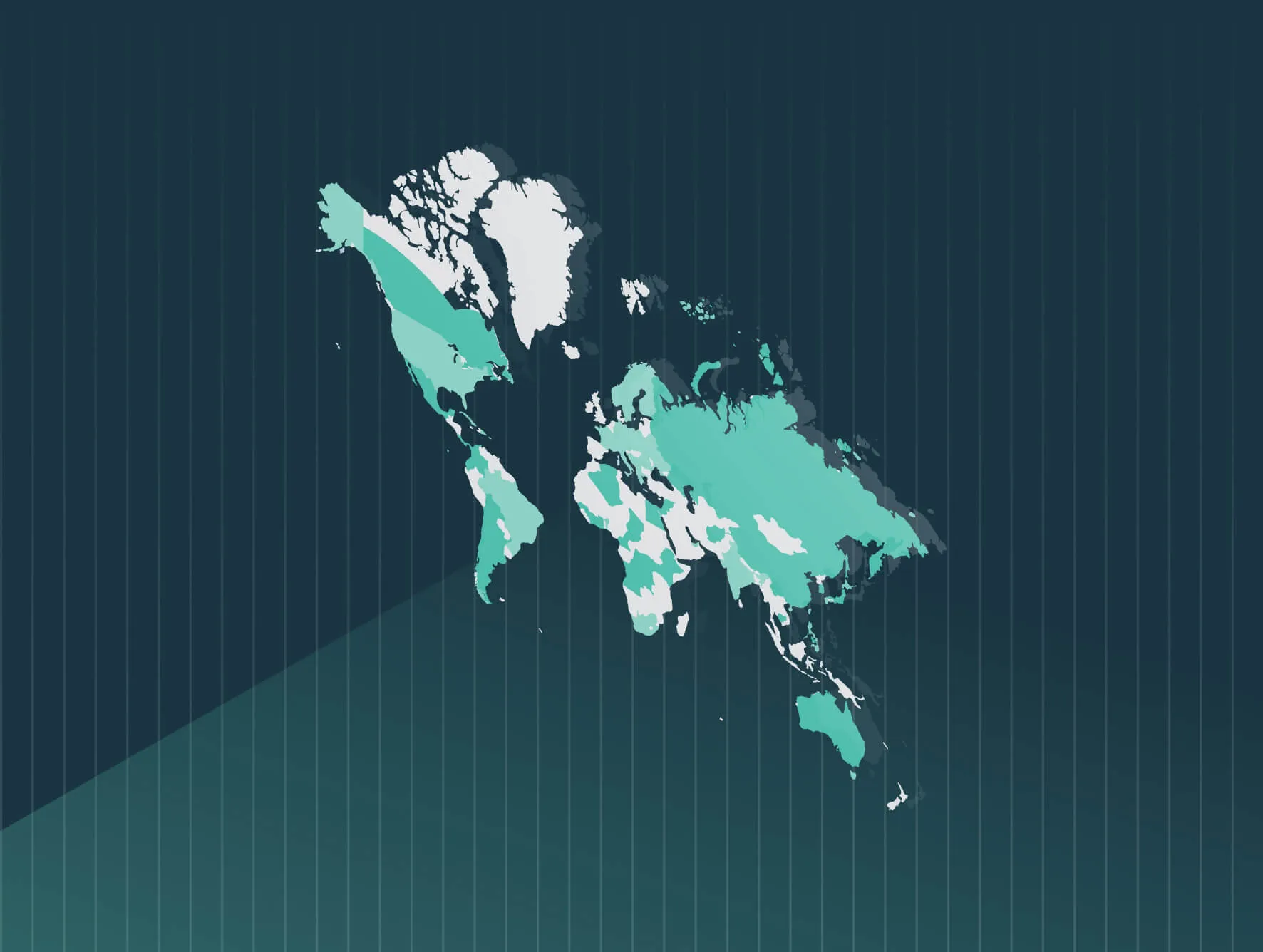The United Kingdom’s gender pay gap reporting data for 2021 is in. And an analysis of the 2021 reporting year by Lewis Silkin suggests the efforts are paying off: the pay gap appears to be shrinking.
Below we outline trends in this analysis and why evolving pay transparency laws across the pond should matter to employers in the United States.
UK gender pay gap findings
Overall, mean and median pay gaps (calculated by hourly pay) in the UK are down compared to 2020 values. Largely, 87.7% of employers have positive mean pay gaps in favor of men, while 78.1% have negative median pay gaps, representing a slight increase from 2020.
This information is based on the nearly 10,000 employers that completed their filings by the April 4 deadline. When compared to 2020 totals, that leaves approximately 600-700 employers that have yet to file. Employers that fail to report their gaps on time for two consecutive years will face enforcement action from the Equality and Human Rights Commission.
Interestingly, there has been an increase in employers with fewer than 250 employees voluntarily reporting their gaps.
The largest employers saw the greatest reduction in gender pay gaps, which is notable given their larger workforces. Aside from deliberate action to address gaps, this reduction could be a consequence of furloughs and human error.
On the other hand, the trend of fewer pay gaps is not consistent and employers are seeing increasingly large changes from year to year. The smallest employers have seen the greatest variability in their gaps.
Two factors are thought to contribute to this variability—disruption brought on by the COVID-19 pandemic and the growing numbers of small employers that voluntarily report their gender pay gaps.
Small employers have greater variability in pay gaps and they account for a greater proportion of the overall figures, so their data could be influencing the upwards trend. Gender pay gap reporting may also be more challenging for smaller companies since the impact of a few people can have a significant impact on overall gaps.
Bonus gaps (which are calculated from people who receive bonus compensation) during 2021 are the first COVID-19-affected gaps to be reported. Despite economic strife, where you would assume organizations are struggling, mean bonus gaps are slightly up on average, while median bonus gaps are down.
Additionally, more employers are embracing the practice of hiring men in lower-paid positions to further help reduce gender pay gaps, as opposed to only increasing the proportion of women in higher-paid roles.
While there was a small increase in the proportion of men in lower-paid positions for the first year since reporting commenced, it’s possible that this represents a reversal of a drop in the previous year. On average, 2021 was the first year that most employers did not increase the proportion of women in the highest-paid positions.
As a reminder, the UK’s pay gap reporting law first went into effect in 2017 and it requires employers with over 250 employees to report on their gender pay gaps annually.
UK gender pay gap reporting impact across the pond
As seen in the UK, pay data reporting is proven to help reduce illegal pay discrimination. With similar legislation taking root in states such as California and Illinois, employers in the United States can anticipate pay transparency requirements to become more pervasive.
Getting ahead of legislation and eliminating unlawful pay gaps should be a top priority for all employers. Performing a pay equity audit helps address issues proactively and yields a positive perception amongst employees, prospective talent, and investors.
Our pay equity, diversity, and inclusion solution, PayParity, offers powerful tracking and analytics tools to help your organization examine its pay equity policies, ensure fairness in compensation, and stay in compliance going forward.









